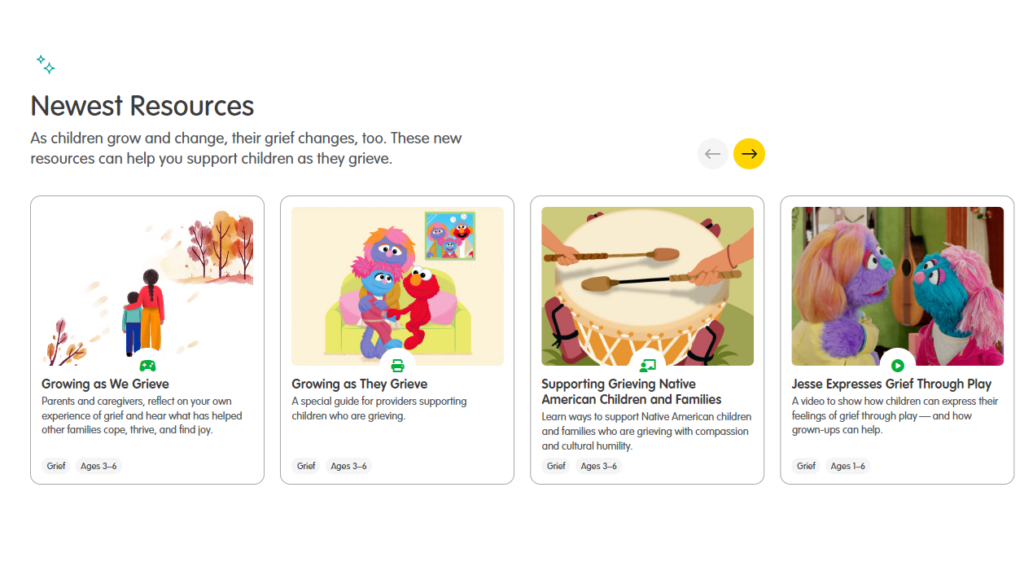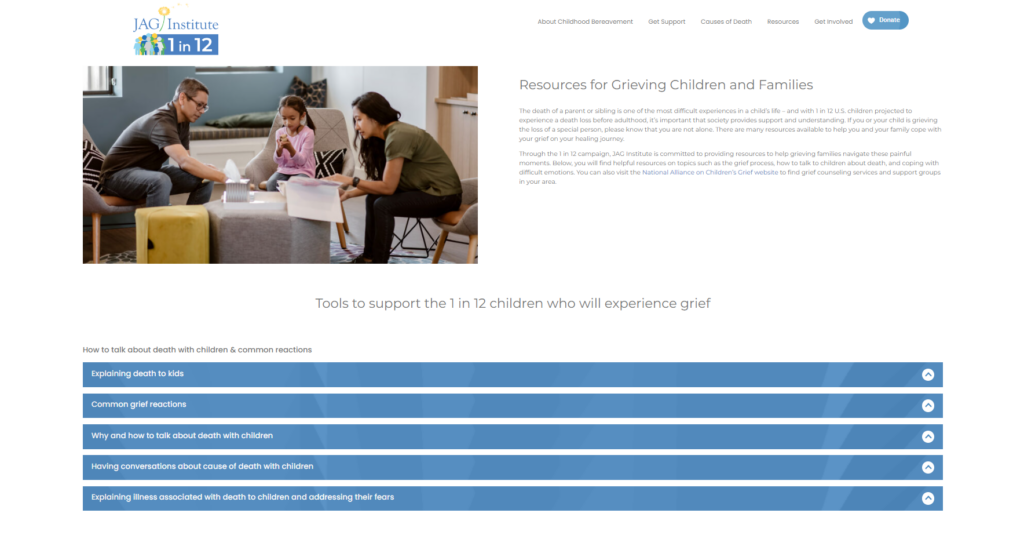News
Elmo’s Question and the Unspoken Language of Grief: Why Open Communication is Essential for Supporting Grieving Children
February 2, 2024
By Micki Burns, Ph.D., Chief Clinical Officer and Incoming CEO of Judi’s House
How are you really doing? A loaded question for people who are grieving.
This week, a simple question from the beloved red monster Elmo sparked a global conversation about mental well-being. “Elmo is just checking in! How is everybody doing?” he tweeted, unknowingly unleashing a torrent of responses revealing anxieties, uncertainties, and even existential dread. While initially surprising, this reaction highlights a crucial point: many of us, including children, are struggling with unspoken burdens.
These burdens are especially common for children and families who have experienced a death loss. During my past 12 years at Judi’s House, a nonprofit organization dedicated to supporting grieving children and families, I have witnessed firsthand the impact of unaddressed grief.
Young children may lack the vocabulary or emotional capacity to process complex emotions like sadness, anger, or confusion surrounding death. The impact of grief can manifest in acting out, academic challenges, and withdrawal from friends and family, leaving them feeling alone and misunderstood.
Sesame Workshop introduces new resources for grieving kids and families
Elmo’s innocent question, though not directly addressing grief, resonated because it opened a space for honest vulnerability. This is precisely why initiatives like Sesame Workshop’s new grief resources for children and families (which coincidentally launched in partnership with the New York Life Foundation this week) are so critical. By pairing relatable characters with age-appropriate language and practical tips, these tools can help kids and their caregivers navigate the often avoided topic of grief.
These resources are particularly valuable because they encourage open communication about death. While adults may shy away from difficult conversations, fearing they might be unable to contain their own reactions or upset children, the truth is, silence can do more harm than good. Children are incredibly perceptive and pick up on implicit anxieties. Ignoring grief only amplifies confusion and loneliness.

Open communication supports bereaved children
Sesame Workshop’s resources, along with programs like those offered at Judi’s House, create a safe space for dialogue. Through conversation, storytelling, play, and interactive activities, we can normalize grief as a natural part of life, validate children’s feelings, and equip them with coping mechanisms. These types of resources and open communication are essential for many reasons:
1. Communication fosters emotional validation. When children feel their emotions are acknowledged and understood, they are less likely to feel isolated or ashamed. This validation promotes healthy emotional development and resilience.
2. Children can experience a sense of control related to their grief. Discussing death and loss allows children to participate in the grieving process and feel some sense of control over the situation. This reduces anxiety and empowers them to cope with change.
3. When children share their feelings, family bonds are strengthened. Feeling safe and sharing your feelings with loved ones leads to better support and understanding within the family.
4. Openly discussing grief breaks down stigma. Building a grief-sensitive society starts one interaction at a time. Talking about death helps to break down the societal stigmas surrounding grief, making it easier for children and families to seek help and access resources.
Elmo’s tweet, though unintentional, served as a powerful reminder that even seemingly lighthearted moments can spark profound conversations about mental well-being. Initiatives like Sesame Workshop’s resources and the ongoing work of organizations like Judi’s House provide invaluable tools and support to navigate these difficult discussions for people who are grieving.
Remember, the dialogue around grief starts with a single question, just like Elmo’s. Let’s continue the conversation, provide vital resources and ensure that no child or family walks the path of grief alone.

